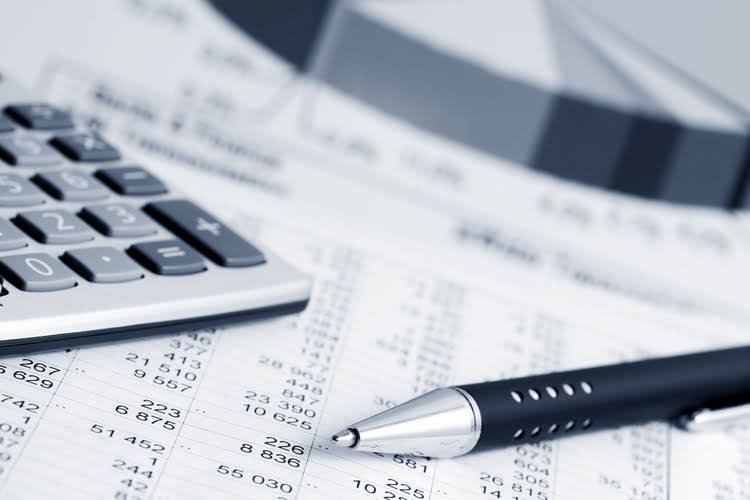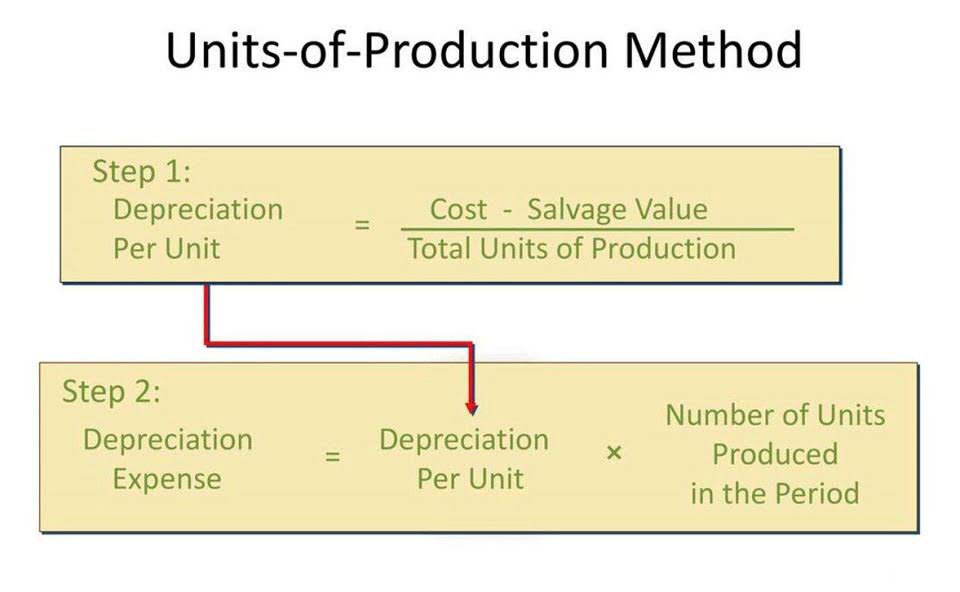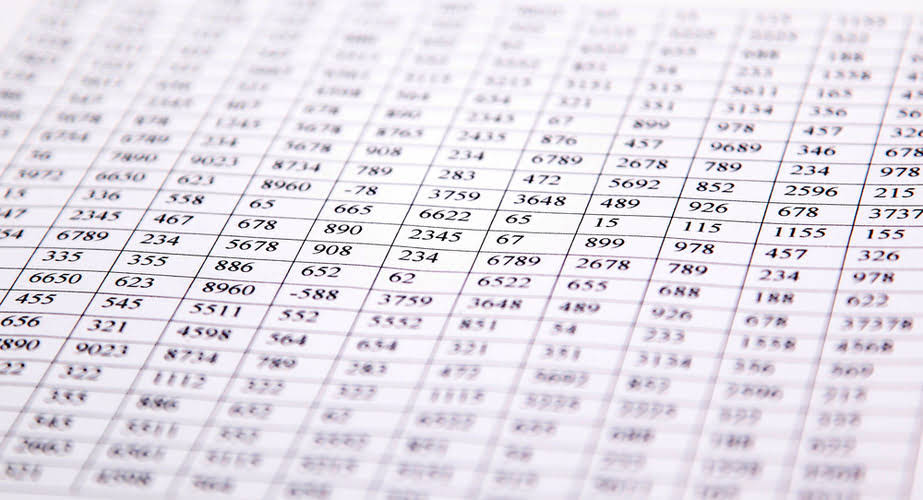Process Costing steps with examples

Process Costing will allocate same overhead cost to all product, which will result in less accurate and it will impact to product cost and selling price as well. As a result, our selling price will be much higher or under the market, it will impact to our profit. Company ABC is manufacturing which specializes in shoe production, they mainly focus on the local market.
Step#1 – Record of Inventory
All production costs will be accumulated and allocate equally to all products by assuming that they are consumed the same resource. Accountants will calculate the total overhead cost of each month and separate them to each finished product at the month-end. If the product unit losses are less than the normal expected losses they are referred to as an abnormal gain.
Losses and Gains at different stages in the Process
Luckily, there are methods and tricks that can make the balancing seem effortless, allowing you to bask in the applause. The business expects to lose 105 units during Process B and will eventually sell these for a scrap value calculated as follows. The journal entries to reflect the above process costing transactions are process costing examples as follows. The business expects to lose 60 units during Process A and will eventually sell these for a scrap value calculated as follows. Mr Bean allows the staff to eat 5% of the chocolate as they work on Process 1. The total cost added in the process needs to be computed for different items of the material and the conversion cost.
Account
By using process costing, manufacturers can track the cost of production per unit and ensure that inventory is managed effectively, reducing waste and increasing efficiency. Using a process costing system provides better cost control, allowing manufacturers to identify the cost of each process in producing a product. This enables them to identify areas where costs can be reduced, leading to a more efficient manufacturing process. By identifying the processes costing more than they should, manufacturers can reduce those costs, leading to improved profitability. By knowing the cost of production, manufacturers can determine the minimum price at which they can sell their products while still making a profit. This information is useful in setting minimum inventory levels and ensuring that products are not overstocked.
- It requires data collection and analysis at each stage of the manufacturing process.
- Process costing enables manufacturers to allocate costs across production to determine the cost per output unit.
- Distinguishing between these cost types helps businesses budget and forecast efficiently, anticipating how production changes affect expenses.
- Process costing may not account for waste that occurs during the manufacturing process.
- Total the expenses for all phases of production, including direct materials and conversion costs.
Consider a manufacturing facility of the business for garments manufacturing company. Our mission is to empower readers with the most factual and reliable financial information possible to help them make informed decisions for their individual needs. The articles and research support materials available on this site are educational and are not intended to be investment or tax advice. All such information is provided solely for convenience purposes only and all users thereof should be guided accordingly.
Steps in process costing system

Understanding how process costing differs from alternative costing methods can guide you in selecting the most appropriate system for your business environment. Process costing excels where production is homogeneous and continuous, while other methods like job costing and activity-based costing (ABC) cater to bespoke or varied production needs. By using process costing, you can effectively track costs across different stages. It allows the calculation of average costs, which is particularly beneficial for standardized and homogeneous products. Pharmaceuticals, chemicals, and textiles are some common industries that rely heavily on this method. Fixed costs, such as lease payments or insurance premiums, remain constant regardless of production levels.
How Can Technology Be Used to Improve Process Costing in Manufacturing?
The organization can identify such inventory by physically counting the units or through software inbuilt into the manufacturing process. In addition, the costs of inventory under each process are also identified at this change. Process costing involves several techniques that ensure accurate production cost allocation.

Steps of process costing

The process costing method involves dividing the production process into distinct stages or processes. The cost of each stage is then calculated and allocated to the units produced in that stage. To determine the cost per unit, divide the total ledger account cost of production by the total number of units produced. Process costing is a way of tracking product costs in mass-production industries where output is continuous, the units are uniform, and it would be difficult to monitor costs for each individual item.
- Service providers can break down the production process into individual steps and assign costs to each step to calculate the service cost.
- If the product unit losses are greater than the normal expected unit losses they are referred to as abnormal losses.
- The standard cost method involves calculating the cost of each production stage based on the expected cost of labor, materials, and overhead.
- Coca-cola is a carbonated drink bottling company that specializes in unique flavors.
- The term process costing refers to a method of assigning costs to units of production in mass production industries that produce homogeneous products.
- If the product unit losses are less than the normal expected losses they are referred to as an abnormal gain.
May Not Account for Waste

Variable costs, like raw materials and direct labor, fluctuate with production volume. Distinguishing between these cost types helps businesses budget and forecast efficiently, anticipating how production changes affect expenses. Normal and abnormal losses bookkeeping and payroll services result in damaged or partially complete product units.
